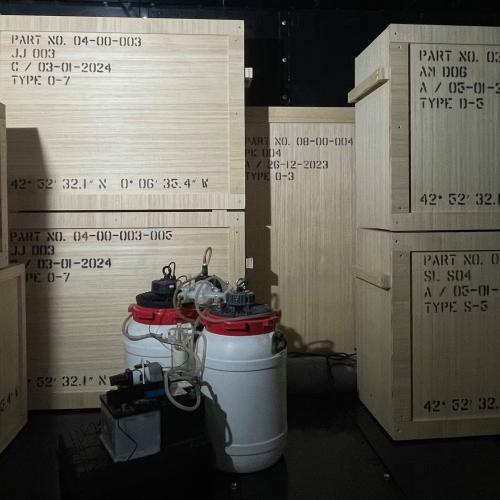Related Stories
Duke Researchers Perfect The Original Invisibility Cloak
Key Excerpts from Article on Website of Forbes
Posted: May 29th, 2017
https://www.forbes.com/sites/alexknapp/2012/11/14/duke-resea...
In 2006, researchers at Duke unveiled the world's first "invisibility cloak," which used metamaterials to hide a small object from microwaves. While it didn't hide things from human view, keeping it hidden from microwaves was an important first step to pushing the technology of cloaking forward. But while it worked, it wasn't perfect. It left small reflections, which prevented it from completely hiding an object. Fast forward to six years later to Duke grad student Nathan Landy, and it looks like that problem has been solved. Landy worked with David R. Smith, one of the researchers on the original Duke cloaking device, to create a "perfect" cloaking device. We built the cloak, and it worked, he said in a press release. It split light into two waves which traveled around an object in the center and re-emerged as the single wave minimal loss due to reflections. The next step is working to build a clocking device that can hide bigger objects in three-dimensions. The Duke researchers aren't the only team pursuing cloaking devices, either. Last year, an international team of researchers used a "carpet cloak" to hide an object from the visible spectrum, and another team from Cornell dispersed light to hide an event in time. One constant so far, though, is that all of the objects being hidden are stationary and very, very small. [Don't] count on having your own invisibility cloak anytime soon.
Note: For more along these lines, see concise summaries of deeply revealing news articles on the mysterious nature of reality from reliable major media sources.
Related Stories
Latest News
Key News Articles from Years Past












































































